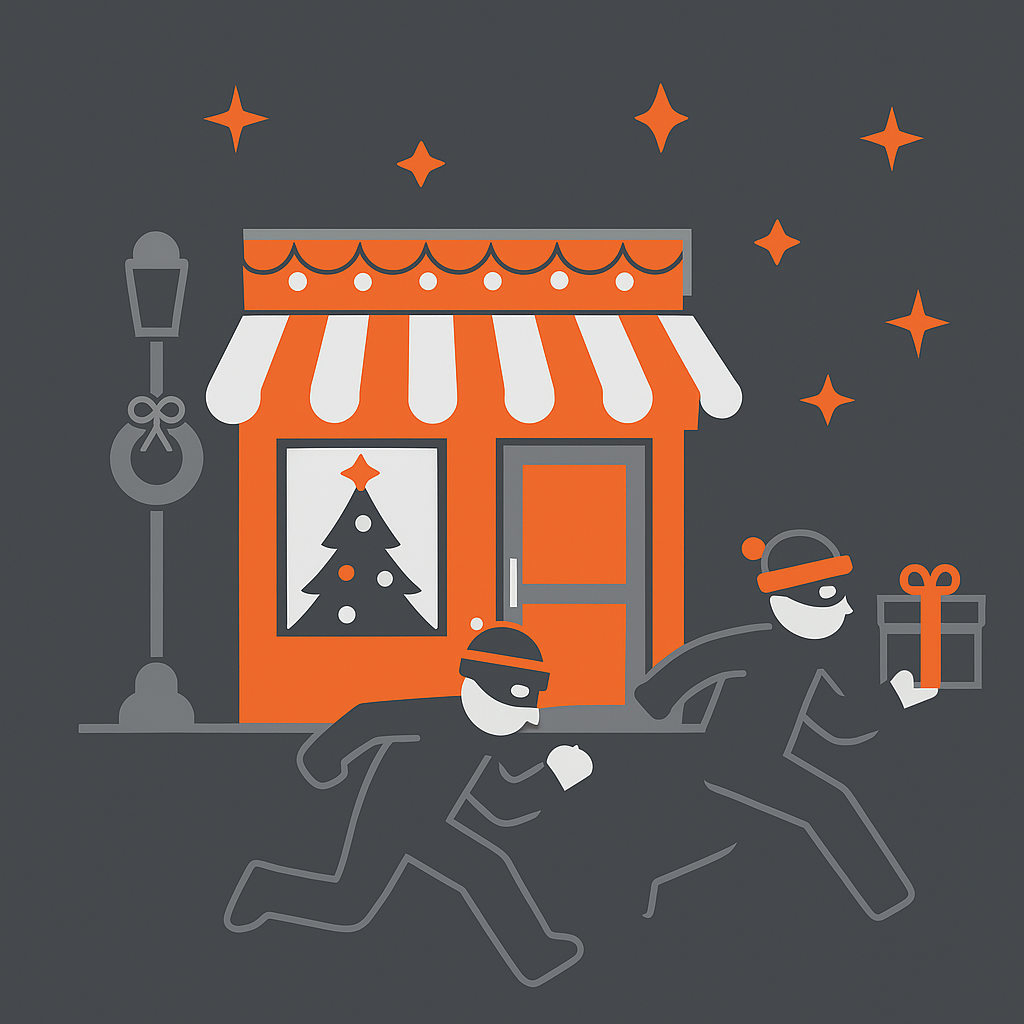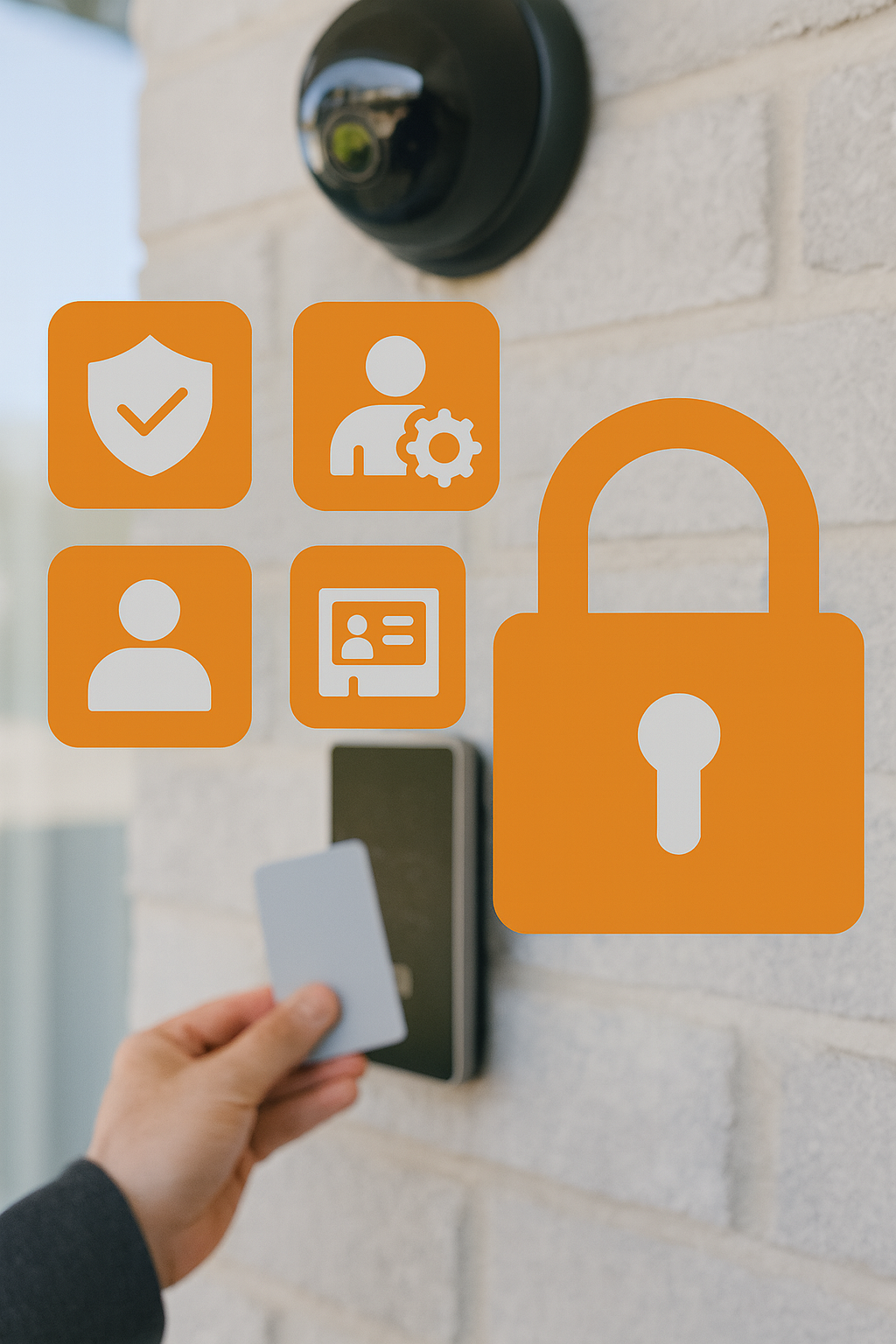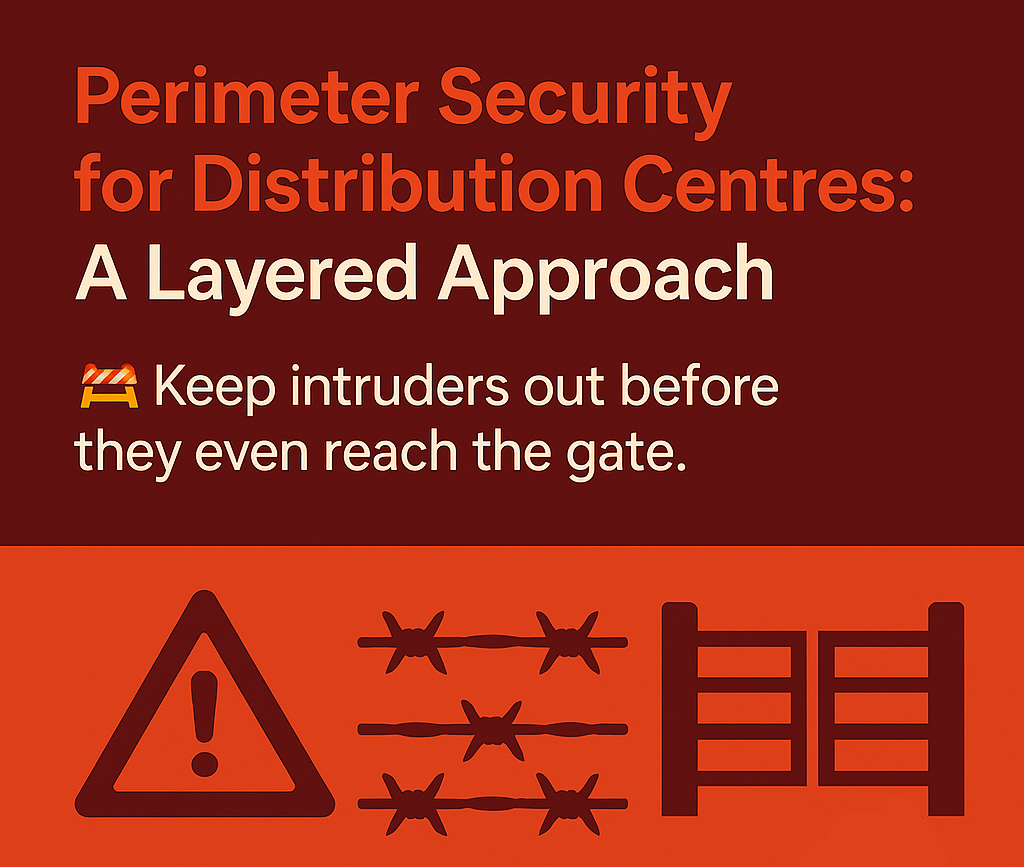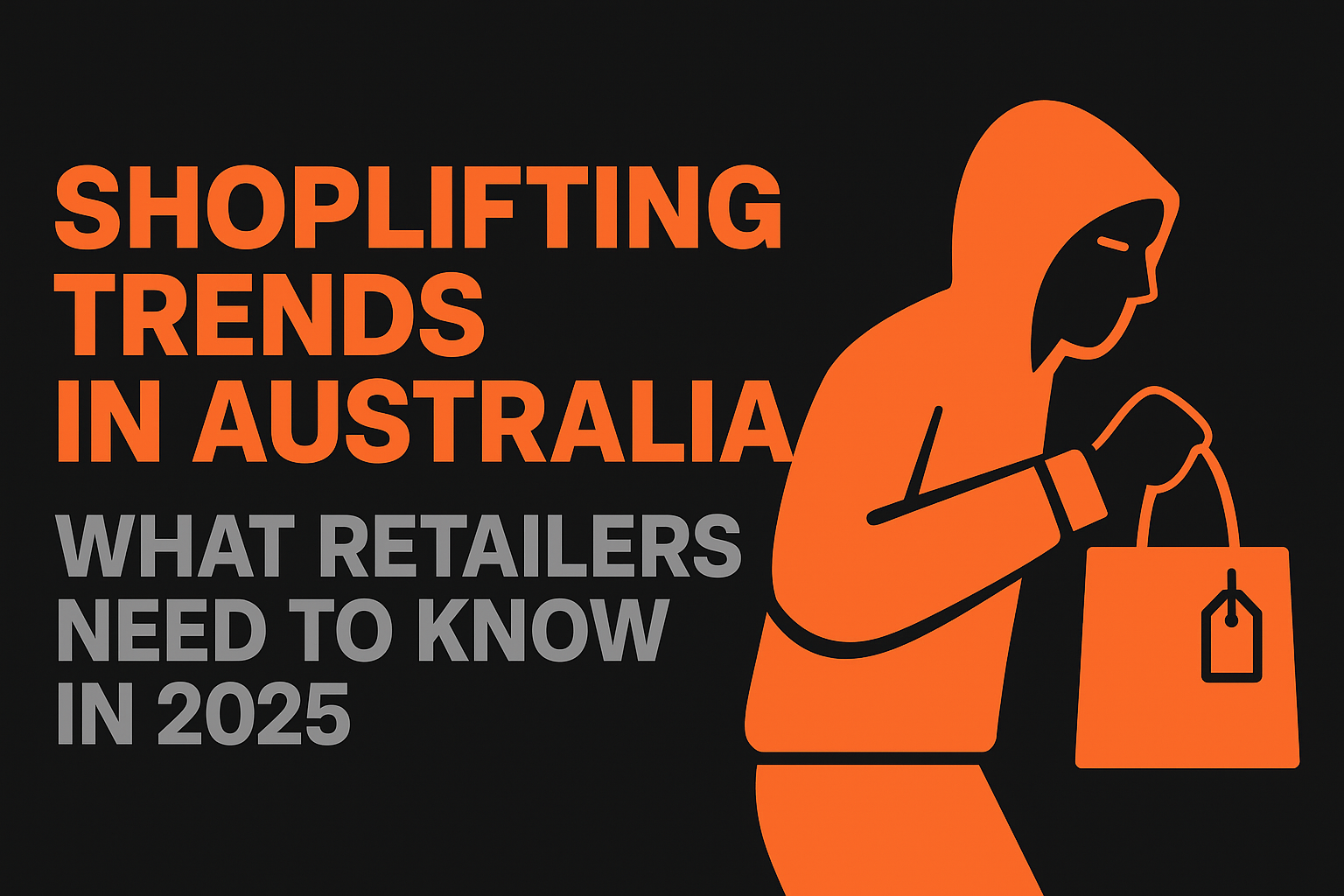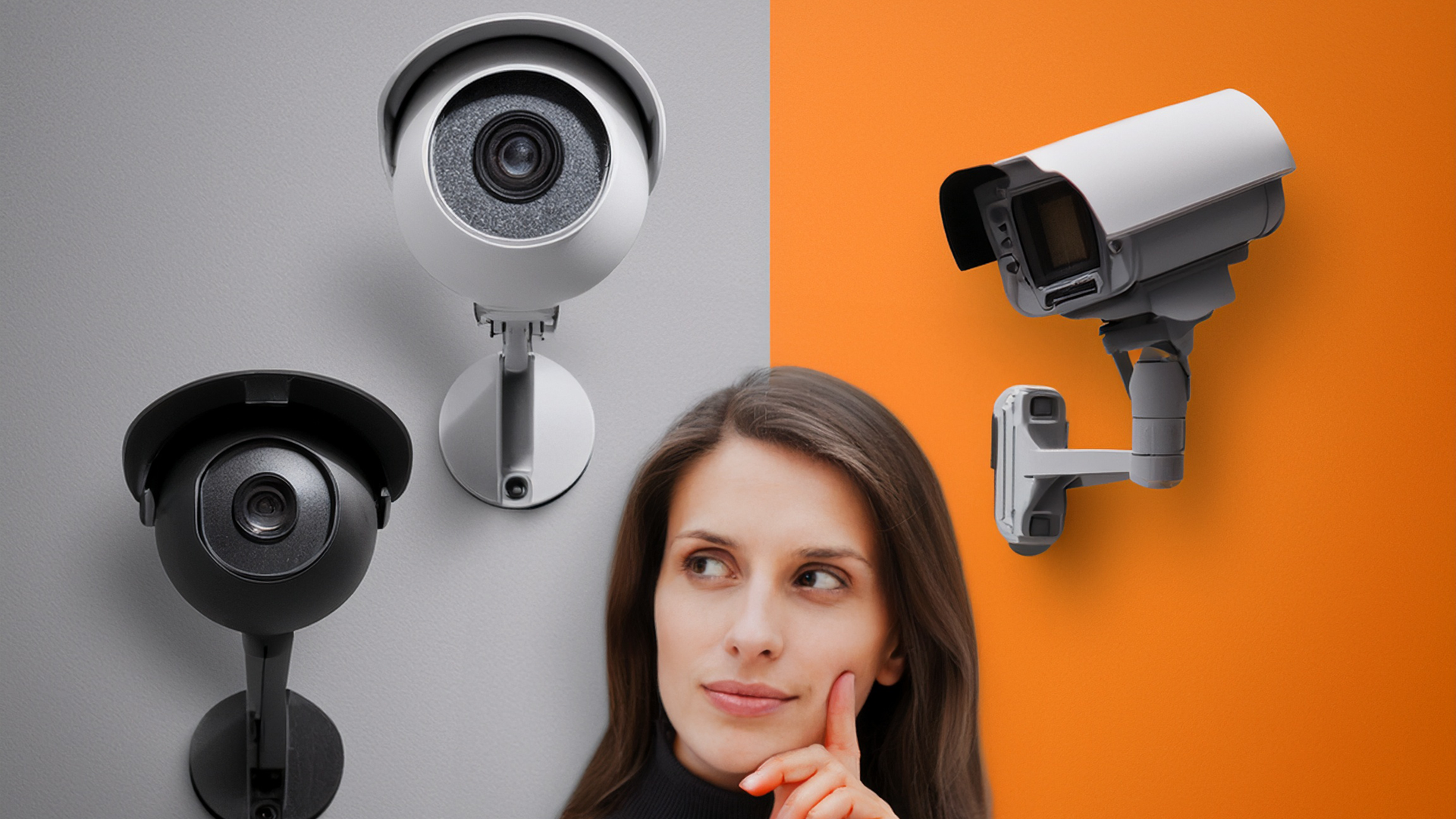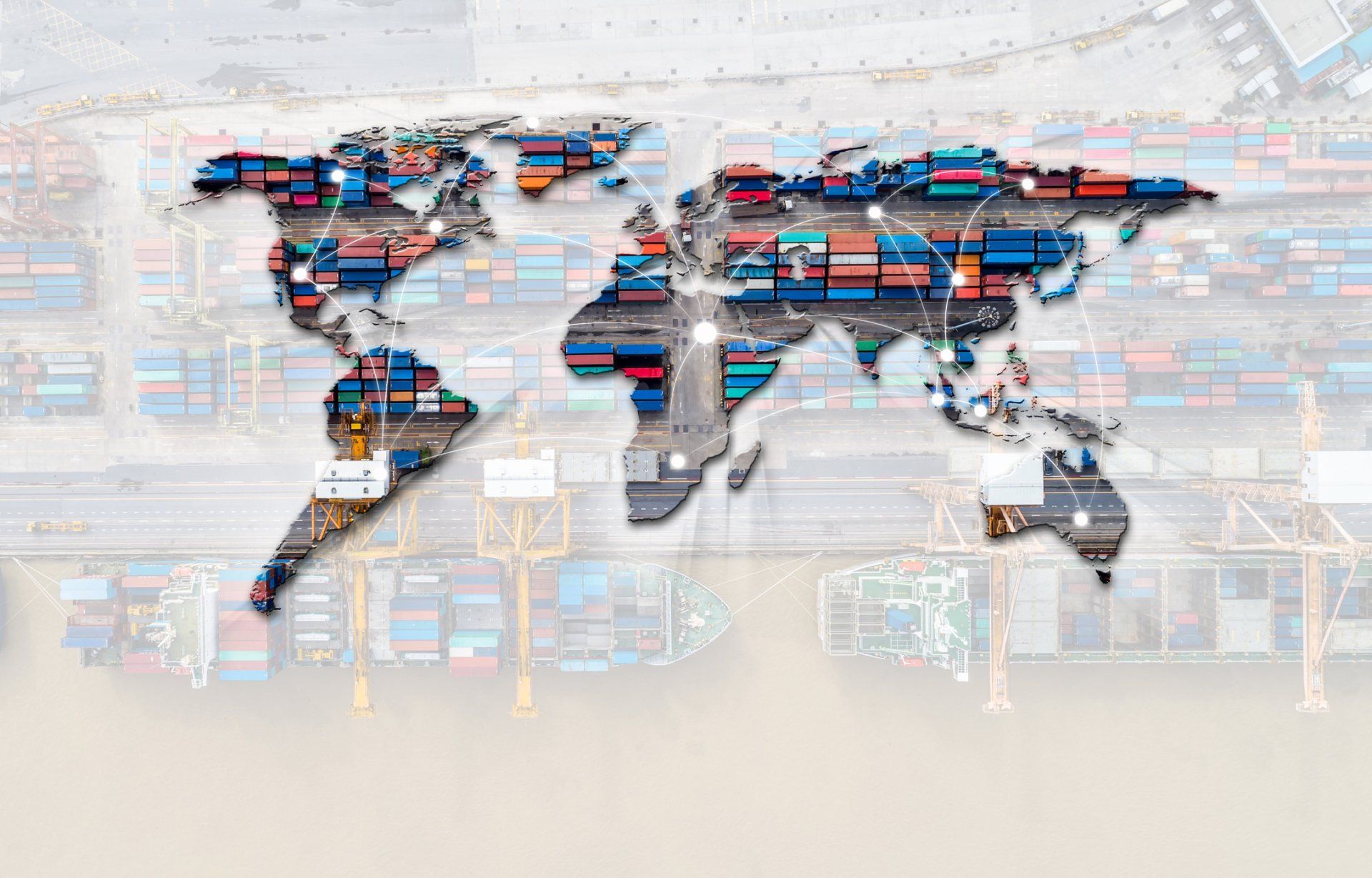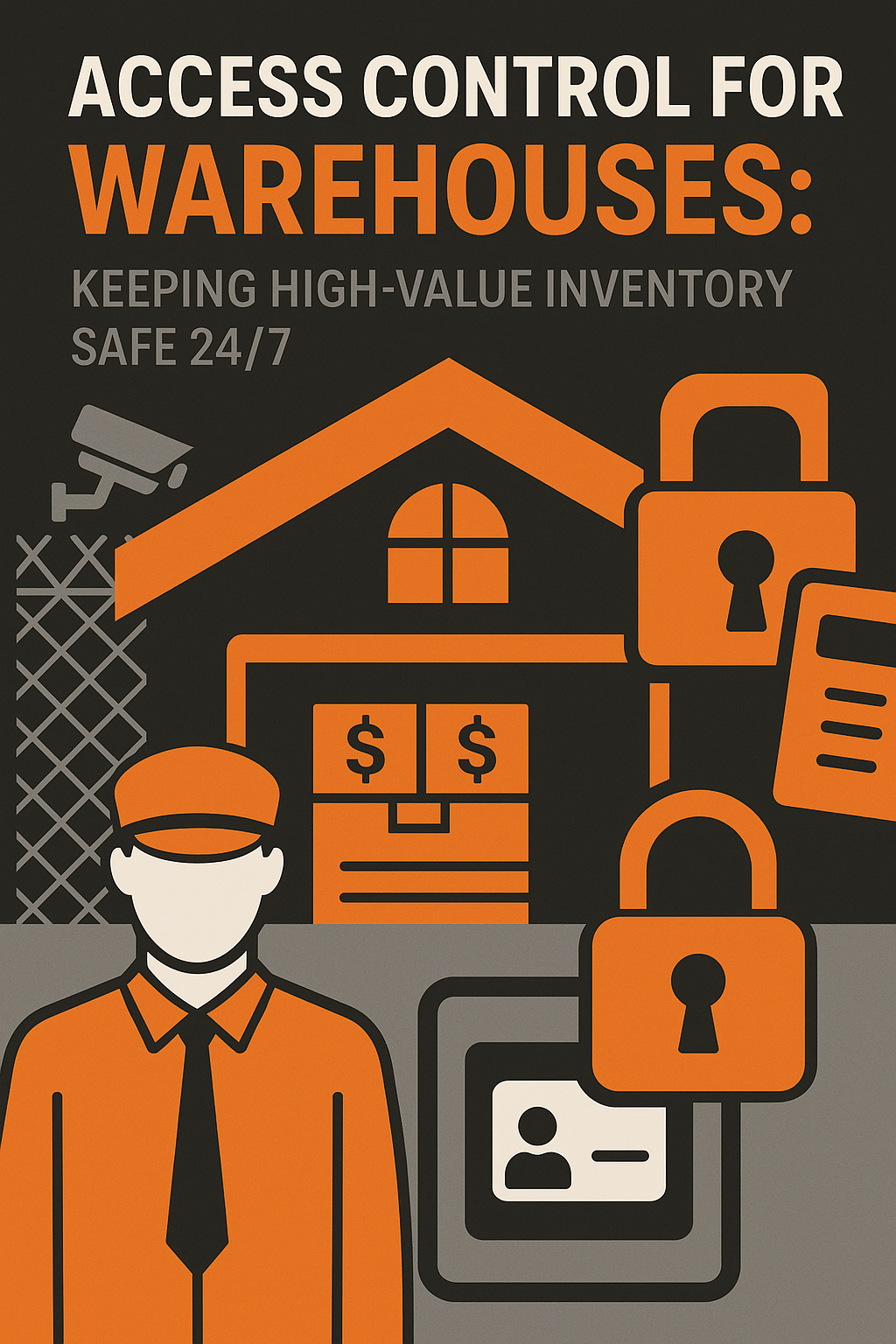SMART Technology and Security Systems
SMART technology is continually evolving and presenting new solutions for older problems. It also has multiple applications and is useful in various industries, from aged care to construction.
Non-contact detection technology is ideal as it can provide fast and accurate data. During the pandemic, this technology has been utilised at testing sites, retail, office, and various workplaces/sites. For example, To decrease the potential spread of the virus, temperature detection gates were installed across high volume entry sites. These sites include hospitals, aged care facilities, schools, universities, TAFEs, and office buildings.
SMART systems can be utilised in many other ways, including:
- Applying facial recognition to:
- Offer precise 2-factor authentication and
- Verify returning users, helping to speed up account recovery.
- To track vulnerable or at-risk people, such as dementia patients, who are prone to wandering.
- Confirming that a person behind a transaction is a live person.
- Detecting and reporting on potential fires.
- Directing Fire Safety Officers to the location of existing fires or floods.
- Measuring and recording changes in thermal temperature to indicate COVID.
- To monitor materials on construction sites, warehouses or any space where assets are stored.
Advantages of using SMART Technology in your security systems
As the abilities of SMART technology advance, so do the benefits. Examples of these include:
Real-Time Reporting: A stand out advantage of SMART security systems lies in the name; the term SMART is an acronym for Self-Monitoring Analysis and Reporting. Real-time reporting allows for an immediate response, which is essential in time-critical circumstances, including break-ins, fires, floods, or other contexts that may damage your assets.
Intrusion Zones: Artificial Intelligence technology can allow users to set up intrusion zones. These zones focus on specific locations, including trouble spots and essential assets. When a breach is detected in these areas, the video can mark the event. Push notification sent to a mobile phone or tablet, again in real-time.
Automated Responses: An AI 'Active-Deterrence' camera can trigger an audible alarm or voice response when an unknown presence is detected in a restricted or controlled area. Such a response can stop criminals or vandals in their tracks while alerting emergency services.
Easy to Search: AI cameras can filter out everything non-human. This feature makes locating the correct footage much more manageable. If a person is detected, the system can also flag that time on the footage, saving hours of searching.
CityWatch Security's knowledgeable and friendly technicians will take you through the advantages SMART technology can deliver to your business. We install cutting-edge camera systems designed to deter intruders and trigger an immediate response, where time is of the essence. Many of these systems are suitable for rapid deployment.
Contact us for further info at
sales@citywatchsecurity.com.au

